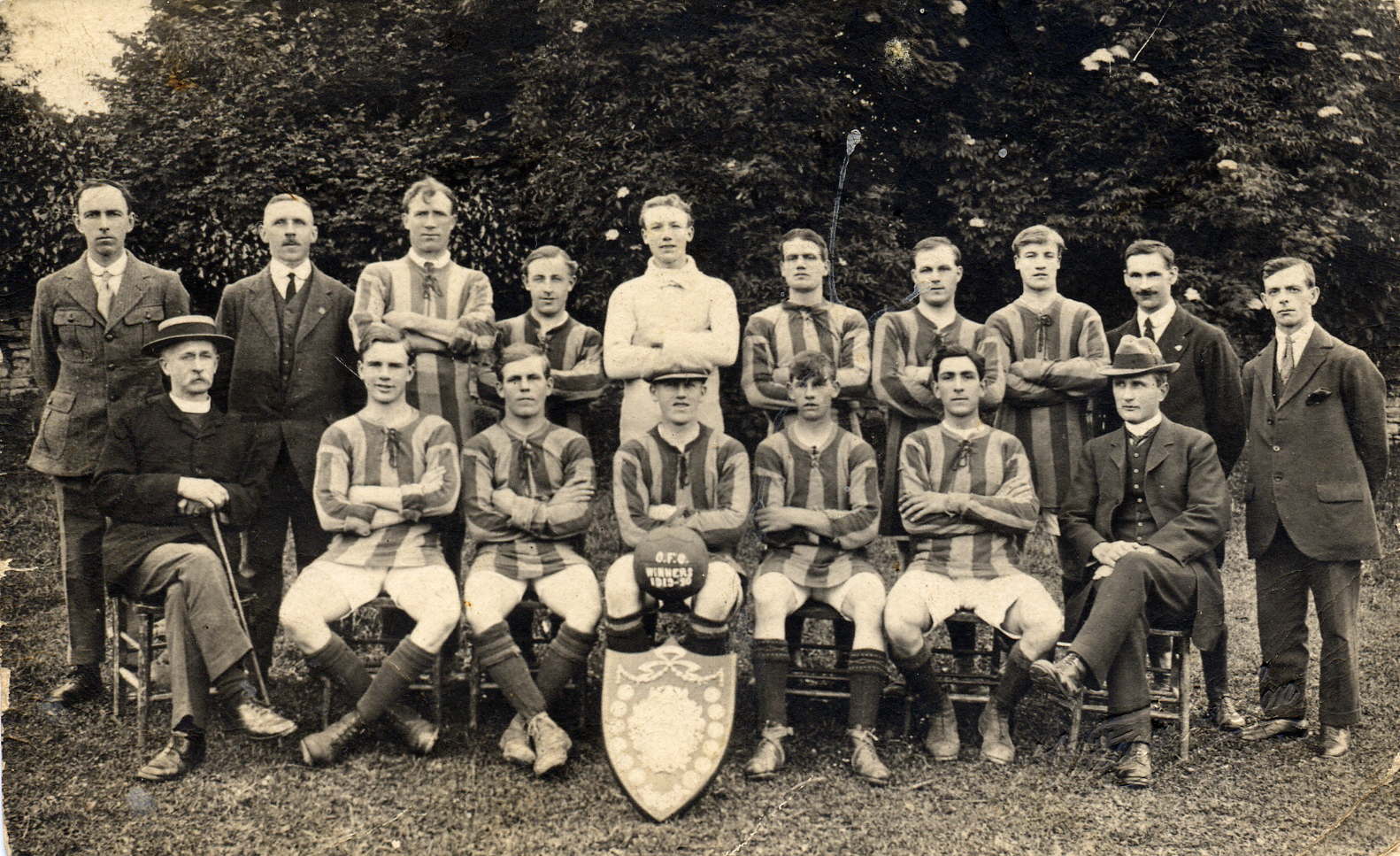Interviewing relatives
If you are starting from the beginning and only just embarking on your family history journey, the best place to start is always talking to your relatives. Thanks to modern technology, this is something that is still easy to do in times like these. We have the option of telephoning, or using various online forms of communication (like Skype) to keep in touch with our relatives. There is a form of communication for those who prefer technology and those who do not. Speaking to our family members not only helps our genealogical research, but when we are unable to meet people in person, it helps both our relatives and us to feel connected still.
On the face of it, asking relatives about our family history seems quite easy. Get in touch, ask questions and find out things you didn’t know. But, if you want to get the most out of your conversations there are a few things to think about first:- Draw a family tree of what you know
- Make a list of questions you would like to know the answer to
- Have some photographs or other items on hand to use as memory prompts
In order to guide the conversation with your relative, having questions ready can be very helpful. If you asked me to talk about my family history, I would find it much easier if you started with questions like ‘where were you born?’ or ‘what is your earliest childhood memory?’ (incidentally, it’s playing Pooh-Sticks on the bridge with my dad near our old house). If you need some inspiration for questions, here is a useful blog post that has all sorts of questions that you could ask relatives. Sometimes, one question will open the door to a whole host of recollections. Be aware though, there may be things your relatives won’t want to talk about. There might be things that they feel are too painful, or embarrassing. Views about things such as illegitimacy, mental health and a whole host of other issues may have been very different when your relative was younger. I would not push a relative to divulge a piece of family history if they were uncomfortable doing so. They may change their mind at a later date, or you may have to come to terms with the fact that the specific issue remains a mystery. Or, things may come to light with further research.
 |
| Example of a photograph that could be used as a prompt. |
Photographs can make excellent conversation starters. Seeing a specific person or place may remind a relative of a particular event or family story. There is a lot more you can get from photographs, which will form the subject of a later post.
Don’t forget that talking to relatives isn’t just for the beginner to family history research. A person is unlikely to remember even a small part of what they know in one sitting. So, if you are at home and want to let your relatives know that you care about them, contact them. You might find out some other family information at the same time.
What else can I do?
Different approaches
 |
| Example of some family history folders. |
How to file documents for the women in our families can be a bit trickier, due to surname changes after marriage. Do you file them under their husband’s surname or under their maiden name? I take the middle ground and file any documents pre-marriage under their maiden name and any post-marriage under their husband’s surname. This is why Philip James Lloyd’s wife Gwendoline is filed under Jenkins for her birth certificate in 1909, but under Lloyd for her death certificate in 1972. For a brief guide to storage and handling of documents, have a look at this post from FamilySearch.org.
Family history books
So don’t despair, there is still plenty you can do. Look out for my next post, which will talk more about other things you can do at home.
Copyright © 2020 Shersca Genealogy
No comments:
Post a Comment